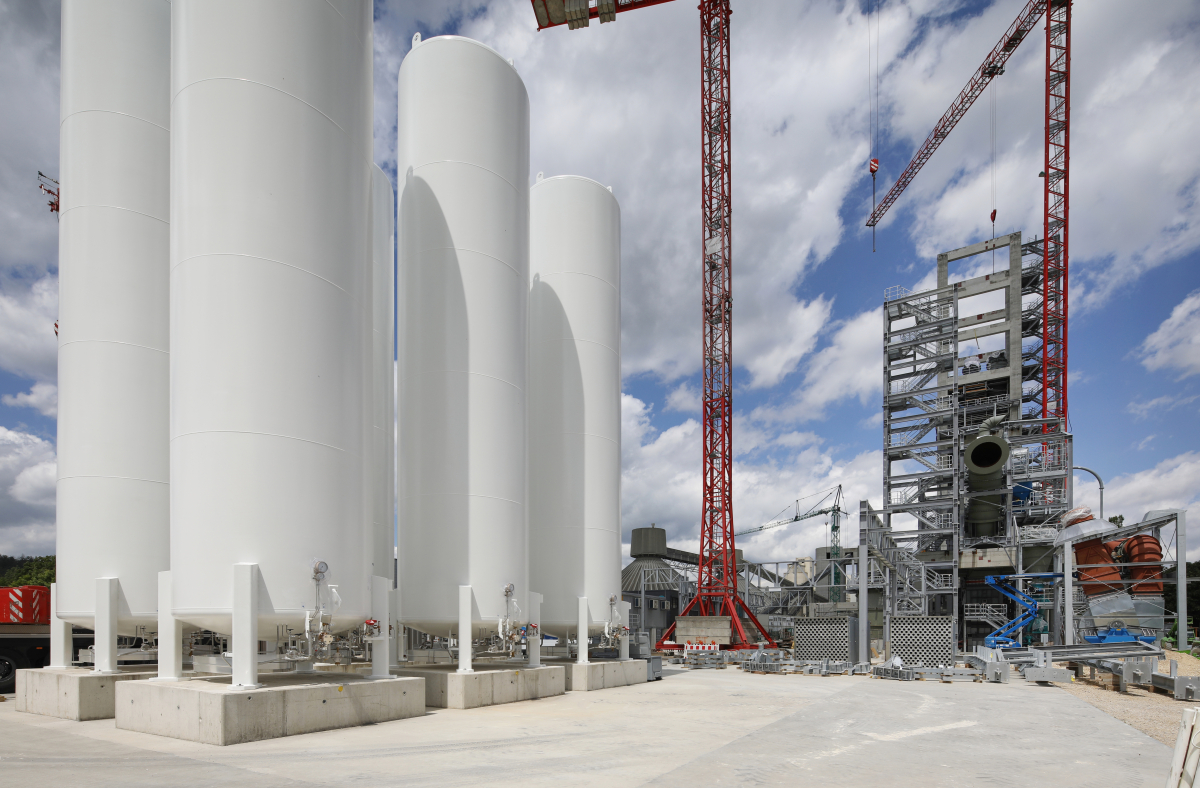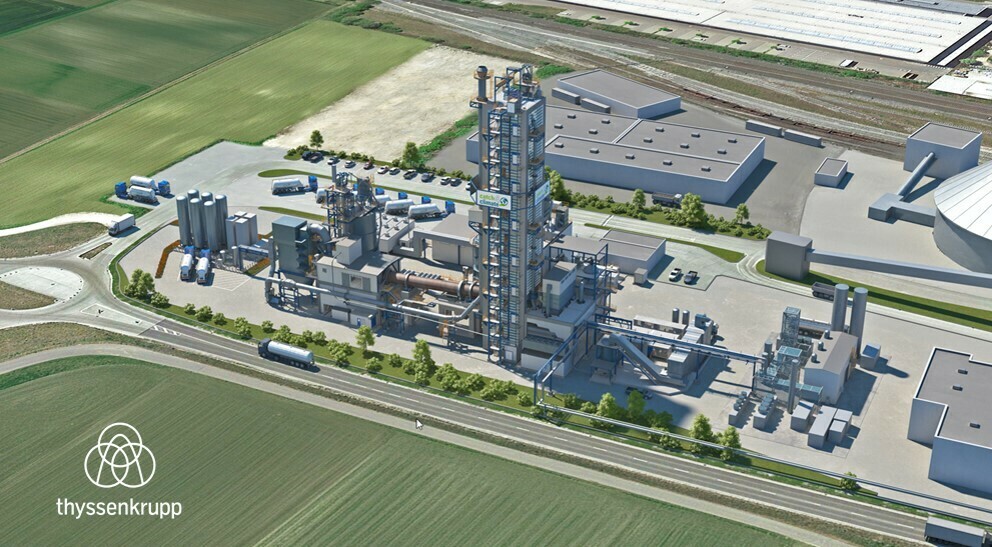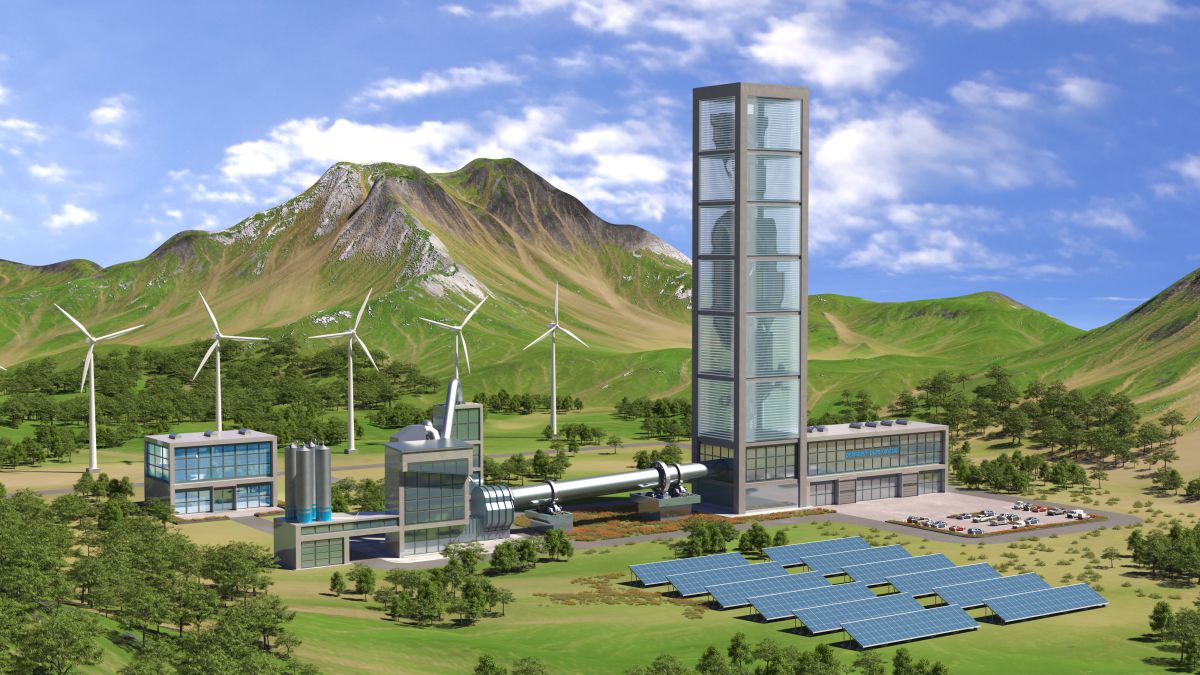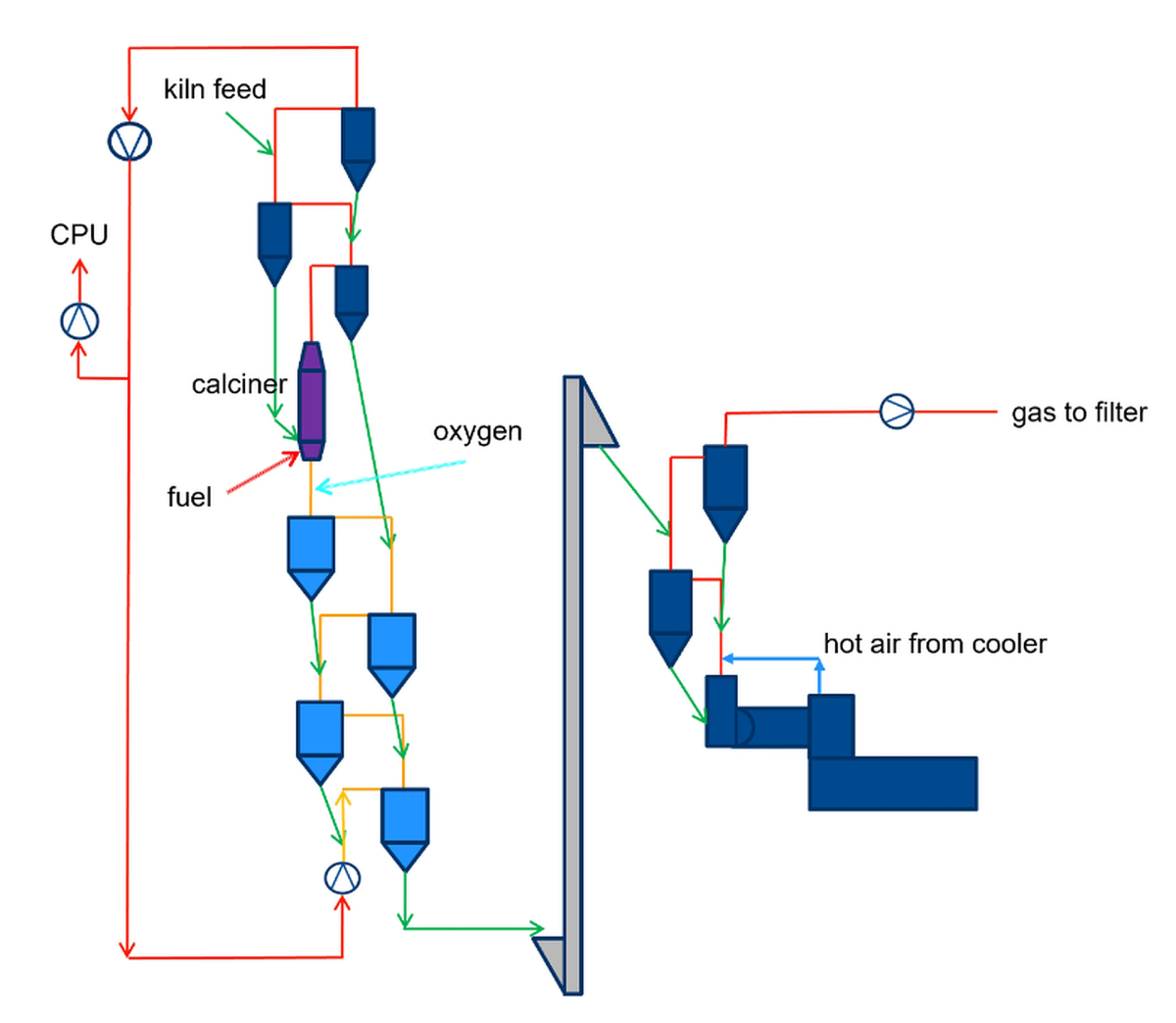“catch4climate”: major progress in the construction of the CO2 capture plant in Mergelstetten
27.03.2024
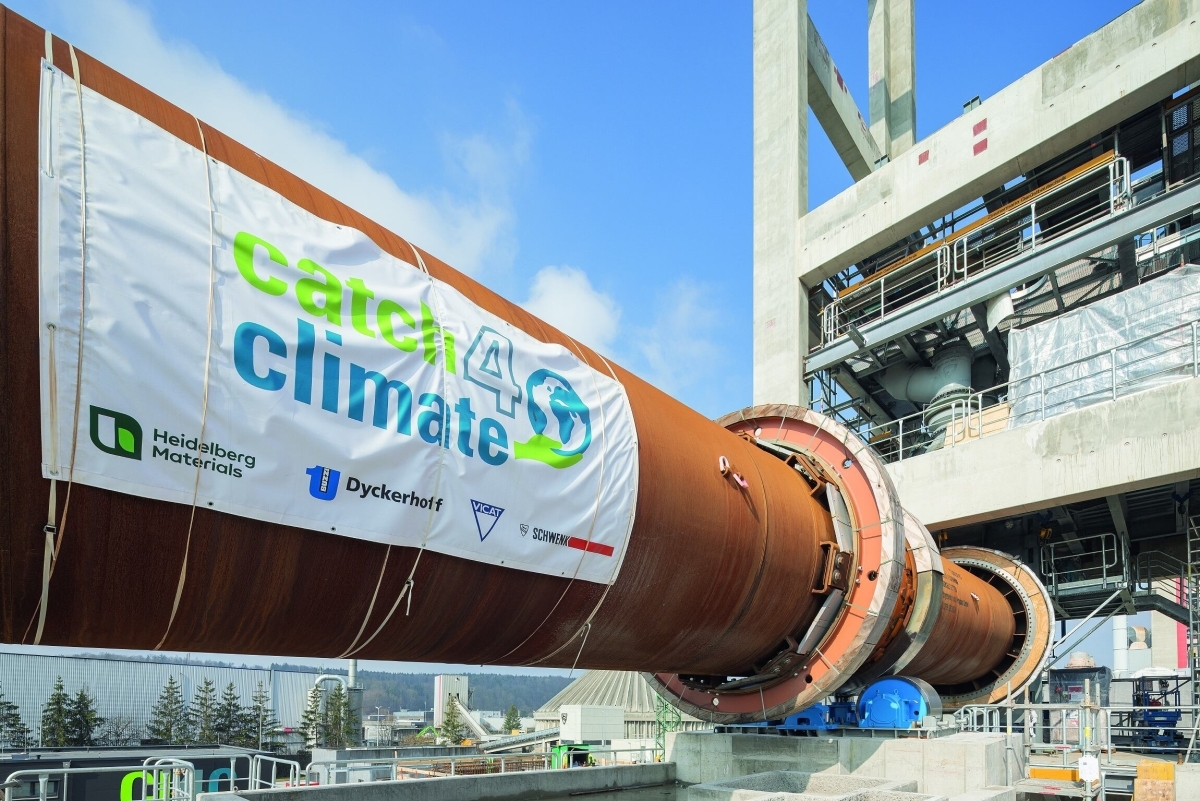 The four cement manufacturers Buzzi-Dyckerhoff, Heidelberg Materials, Schwenk Zement and Vicat joined forces in a research company in 2019 to realize the “catch4climate” CO2 capture project
The four cement manufacturers Buzzi-Dyckerhoff, Heidelberg Materials, Schwenk Zement and Vicat joined forces in a research company in 2019 to realize the “catch4climate” CO2 capture project
Armin Buhl
In 2019, the four European cement manufacturers Buzzi SpA- Dyckerhoff GmbH, Heidelberg Materials AG, Schwenk Zement GmbH & Co. KG and Vicat S.A. joined forces in the research company CI4C GmbH & Co. KG to jointly realize the “catch4climate” CO2 capture project on the site of the Schwenk cement plant in Mergelstetten. The plant, for the construction and operation of which over € 120 million are being invested, is the first to use the so-called pure oxyfuel process for CO2 capture. A separate rotary kiln line with a clinker production capacity of 450 t/d will be built for this purpose, which will be used exclusively for research and development.
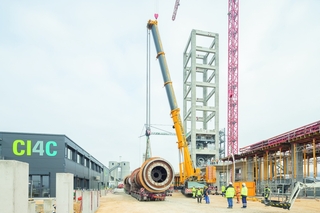 The preheater tower was built using a hybrid construction method consisting of concrete columns produced using slipform construction and pre-assembled steel platforms
The preheater tower was built using a hybrid construction method consisting of concrete columns produced using slipform construction and pre-assembled steel platforms
Armin Buhl
The pure-oxyfuel-process was designed by thyssenkrupp Polysius. Hoffmeier in Hamm was commissioned with the manufacture of the kiln pipe, the assembly of the kiln rings, the kiln inlet/outlet segments and the gear ring. The CO2 purification unit (CPU) is being built by Linde Engineering and the oxygen supply (LOX = Liquified Oxygen Plant) is being provided by Westfalen AG.
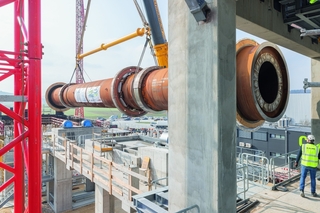 The rotary kiln was placed by a 700 t crane in one lift.
The rotary kiln was placed by a 700 t crane in one lift.
Armin Buhl
In December 2023, the rotary kiln was transported by barge along the river from Hamm-Uentrop to Heilbronn-Hafen, where it was initially stored temporarily until the construction work on site for kiln assembly was completed. The rest of the journey to Mergelstetten was then carried out by heavy goods vehicle during the night so as not to obstruct traffic. Due to its compact dimensions, the kiln is the first that Polysius has transported in one piece, including the race and gear ring, and placed on the kiln foundations in one lift. In addition to working out the transportation concepts, all the assembly processes on the construction site were planned in such detail in advance that the rotary kiln could be placed in one lift without delay. A 700 t crane was used to lift the furnace into place on 7 March 2024.
The oxyfuel furnace system is expected to be commissioned in the first quarter of 2025. After commissioning, a period of around three years is planned to work on the research and development results, if the progress of the results so requires.
The pure-oxyfuel-process
The pure-oxyfuel-process used in Mergelstetten (from Oxy for oxygen and fuel) is a clinker burning process in which pure oxygen is introduced into the kiln instead of air to ensure heat generation without atmospheric nitrogen by burning primary and alternative fuels. In this way, the proportion of CO2 in the flue gas is increased to around 90% in the furnace, thereby significantly increasing the CO2 capture potential. The aim is to capture 100% of a cement plant’s CO2 emissions cost-effectively.
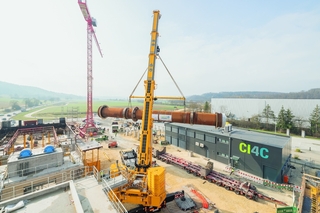 For the “catch4climate” research project, the pure oxyfuel process will be used for CO2 capture for the first time. A separate rotary kiln line is being built for this purpose, which will be used exclusively for research and development
For the “catch4climate” research project, the pure oxyfuel process will be used for CO2 capture for the first time. A separate rotary kiln line is being built for this purpose, which will be used exclusively for research and development
Armin Buhl
The project also aims to create the conditions for the large-scale use of CO2 capture technologies in the cement industry. Capture enables the CO2 to be used or stored at a later date (CCU, CCS). Carbon is urgently needed in many branches of industry – for example in the production of fertilizers, fuels for long-haul flights or plastic-based hygienic medical products. To date, this carbon has been extracted almost exclusively from fossil fuels. Another option is the capture and use of CO2, which is produced in the cement industry.

